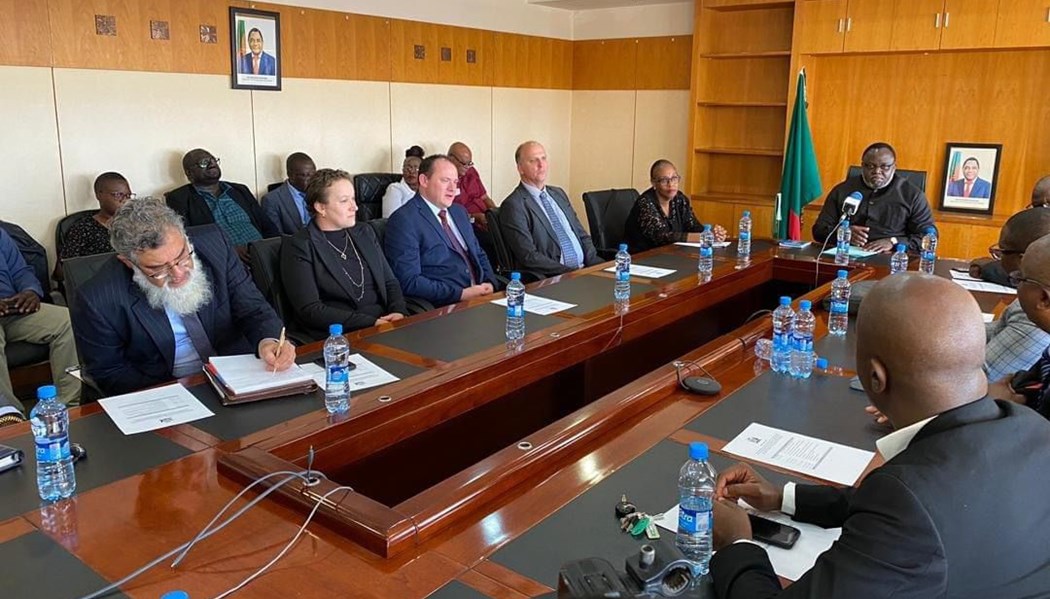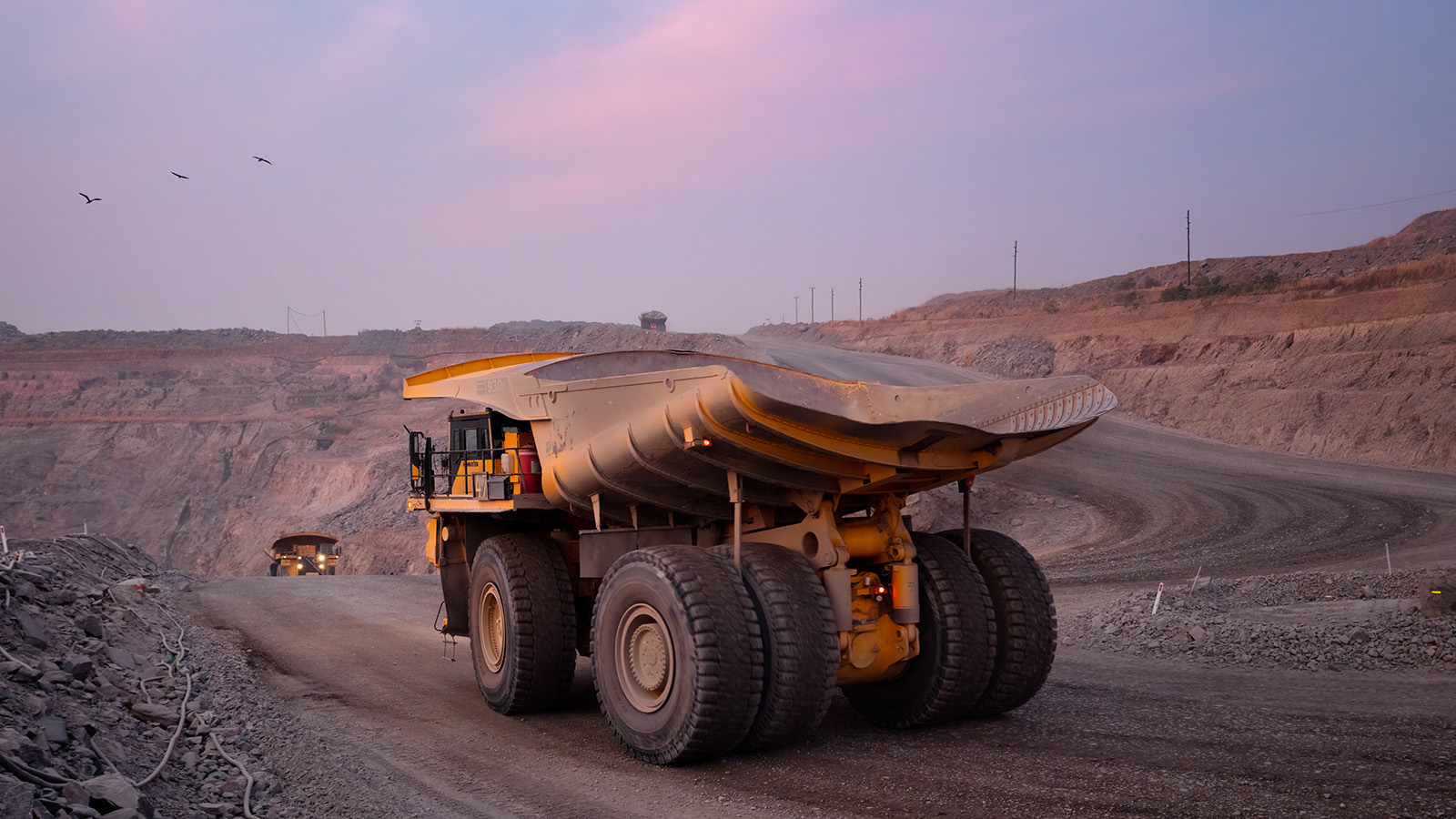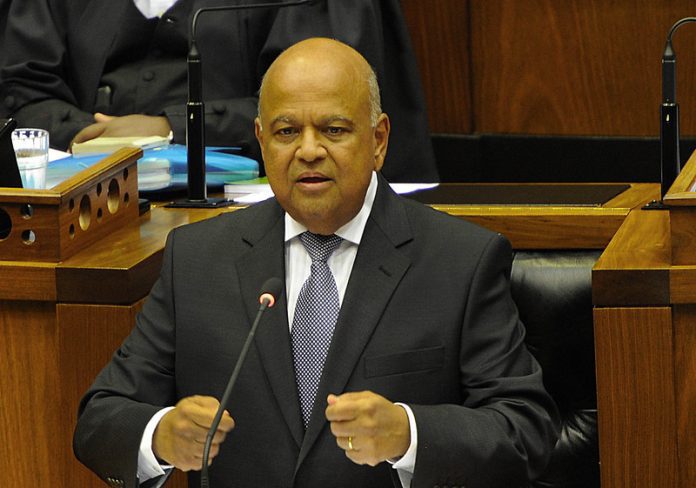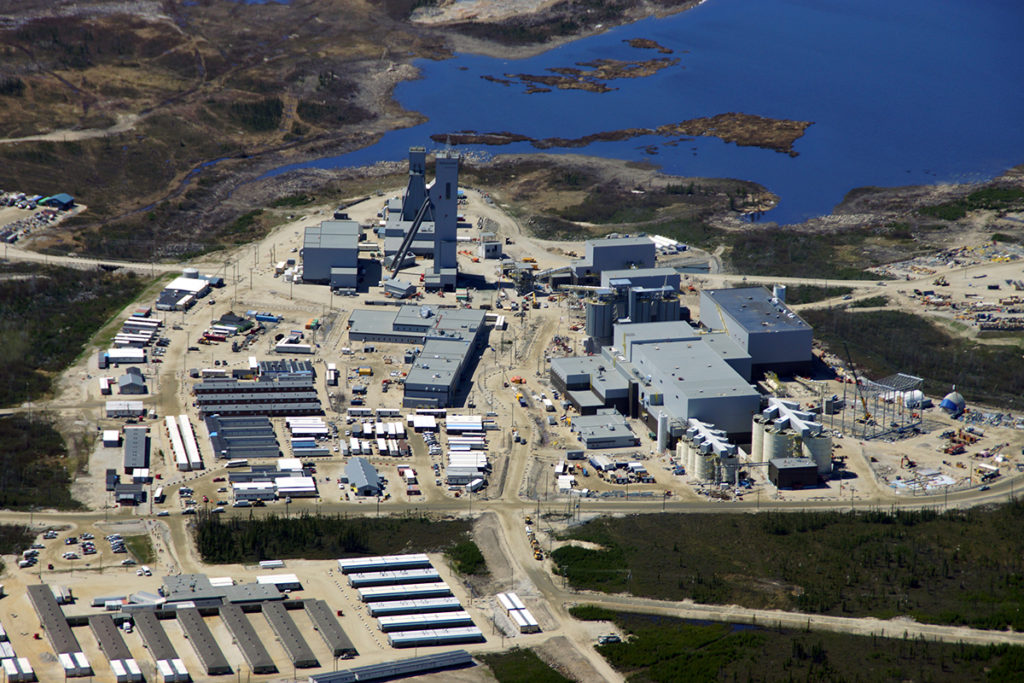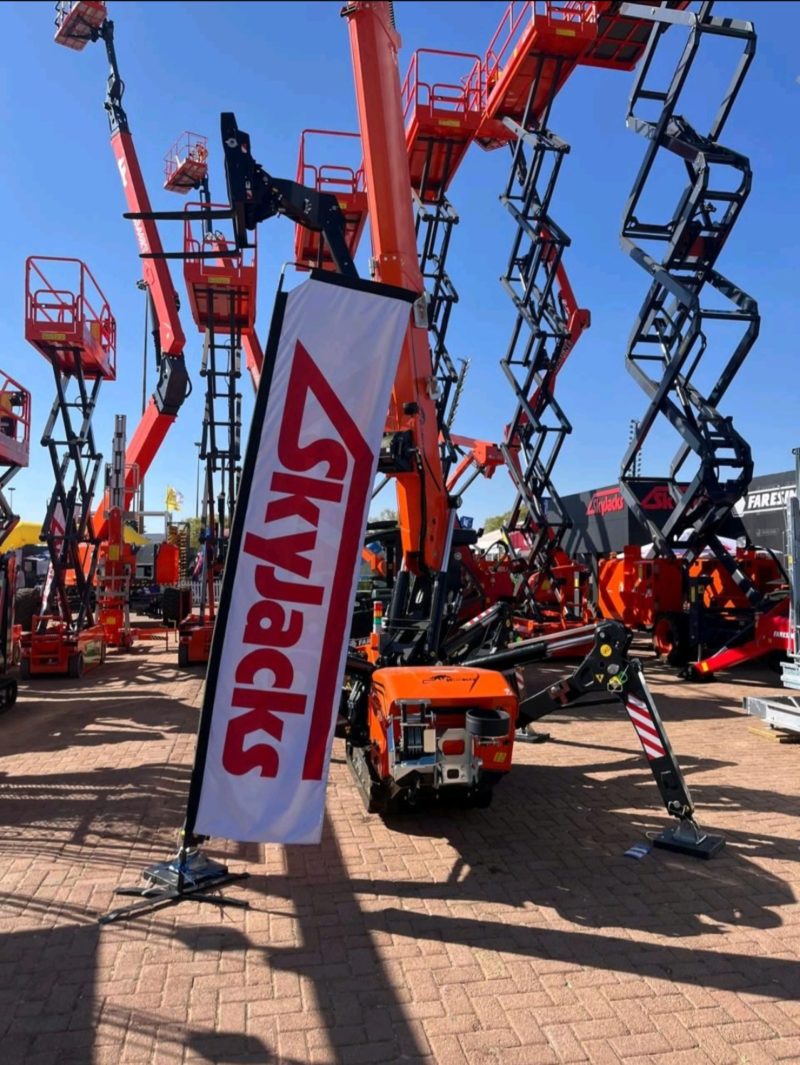Mining Other

Midnight Sun Mining commences diamond drilling at Dumbwa target in Zambia
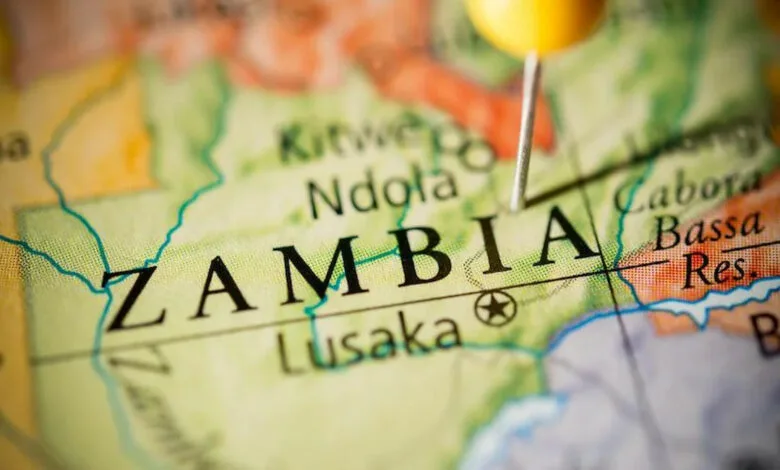
Midnight Sun Mining Corp. has begun diamond drilling at its flagship Dumbwa target on the Solwezi project in Zambia.
The company said that drill locations were determined following a review of geochemical sampling, airborne VTEM survey data, previous drill results, and a recent dipole-dipole induced polarisation (IP) survey.
The program is starting with one diamond drill rig, with a second drill scheduled to arrive soon to accelerate the work.
Initial drilling aims to confirm and correlate disseminated copper sulphide mineralization with the target horizon identified by the IP chargeability response.
The first hole is positioned on the eastern half of IP Line 2 to test a strong chargeability anomaly.
Dumbwa is a near-surface, low-strip, bulk-tonnage exploration target with geology and mineralisation similar to Barrick’s Lumwana Mine, located about 60 kilometres to the west.
The company said that the Dumbwa target features a copper-in-soil anomaly extending roughly 20 kilometres along strike and more than 1 kilometre wide, with peak copper values of 0.73%.
Previous drilling has confirmed sulphide copper mineralisation, but further work is required to determine the dip, continuity, size, and scale of the system.
Multiple stacked mineralised horizons have been identified, with characteristics resembling those at Lumwana, according to the company.
The recent IP survey defined the Dumbwa target’s structural framework, showing variable folding, a strong correlation between mineralization and the interpreted horizon and soil anomaly, and identifying cross-cutting structures that may explain past data offsets.
Midnight Sun chief operating officer Kevin Bonel also highlighted the similarities between the company’s target and Barrick’s Lumwana project. He described the geological traits shared between the two sites as remarkable.
“Both are hosted in basement dome geology, exhibit layered mineralization, and show extensive copper clearings at surface highlighting the strength of these systems. I knew right away this was a project I wanted to be a part of,” Bonel said.
“Now, as we progress at Dumbwa, that excitement continues to remain high. Applying the same approach my team and I used at Lumwana, we’ve carefully interpreted the promising results from the IP survey in the context of previously existing data, and I believe this has provided a clear roadmap to defining Dumbwa’s potential.”




